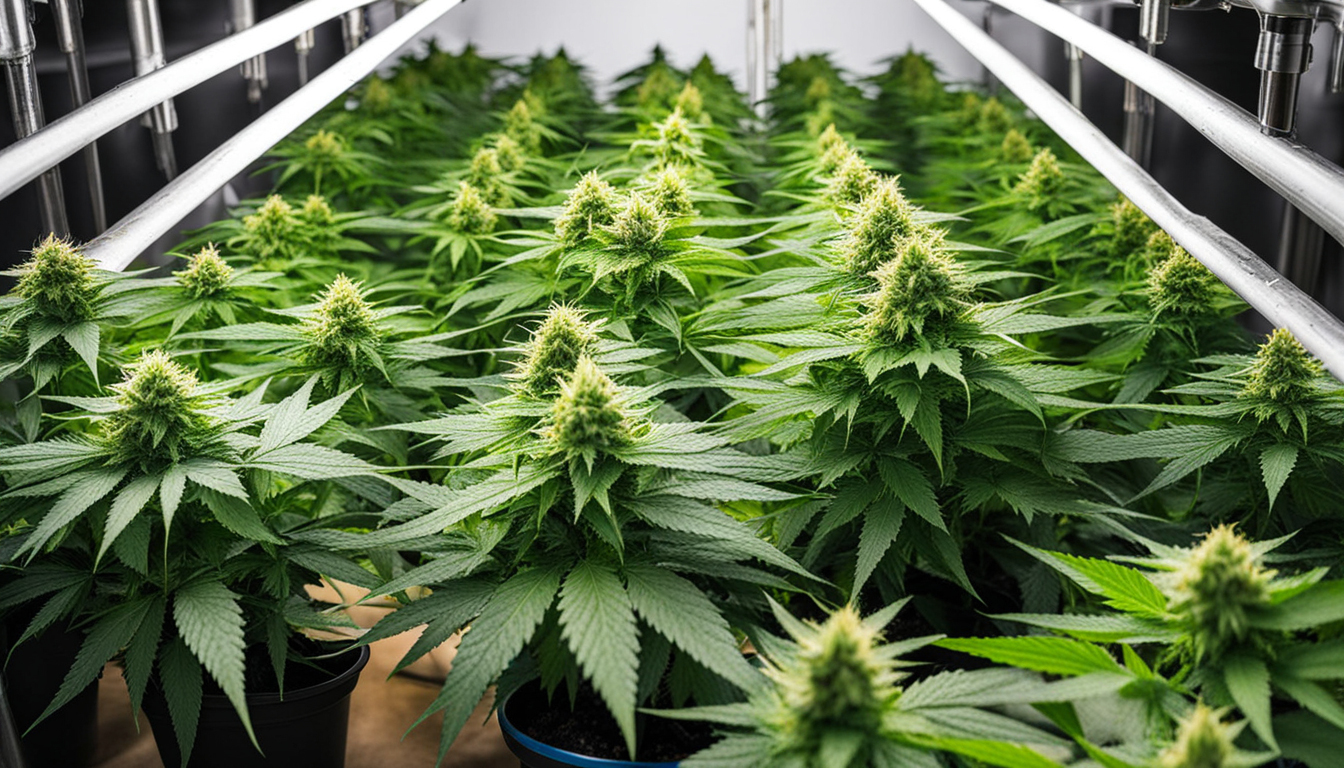
Whether you're new to marijuana production or looking to improve your existing grow, following this complete guide will help you produce big, high-quality yields right at home. With the right supplies, techniques, and care, growing pot indoors can be an extremely rewarding and cost-effective endeavor.
Choosing Weed Strains
The first step in planning your indoor harvest is choosing the right cannabis strains to grow. The three main types of pot plants each have their own characteristics.
Energizing strains
Known for their uplifting cerebral effects, sativas grow tall and slender with narrow leaves. They flourish in tropical equatorial climates and have a longer flowering time between 2.5-3 months indoors. Top energizing varieties include Jack Herer, Durban Poison, Super Lemon Haze, and Jack Herer.
Indicas
These strains provide calming body-focused effects and grow short and bushy with broad leaves. Accustomed to colder mountain climates, they flower faster within 8-9 weeks. Popular indica strains include Northern Lights, Bubba Kush, and Bubba Kush.
Mixed strains
Mixed varieties mix traits from both energizing strains and indicas. They offer combined effects and have medium blooming times around 2.25-2.5 months. Popular hybrids are OG Kush, Girl Scout Cookies, and Blue Dream.
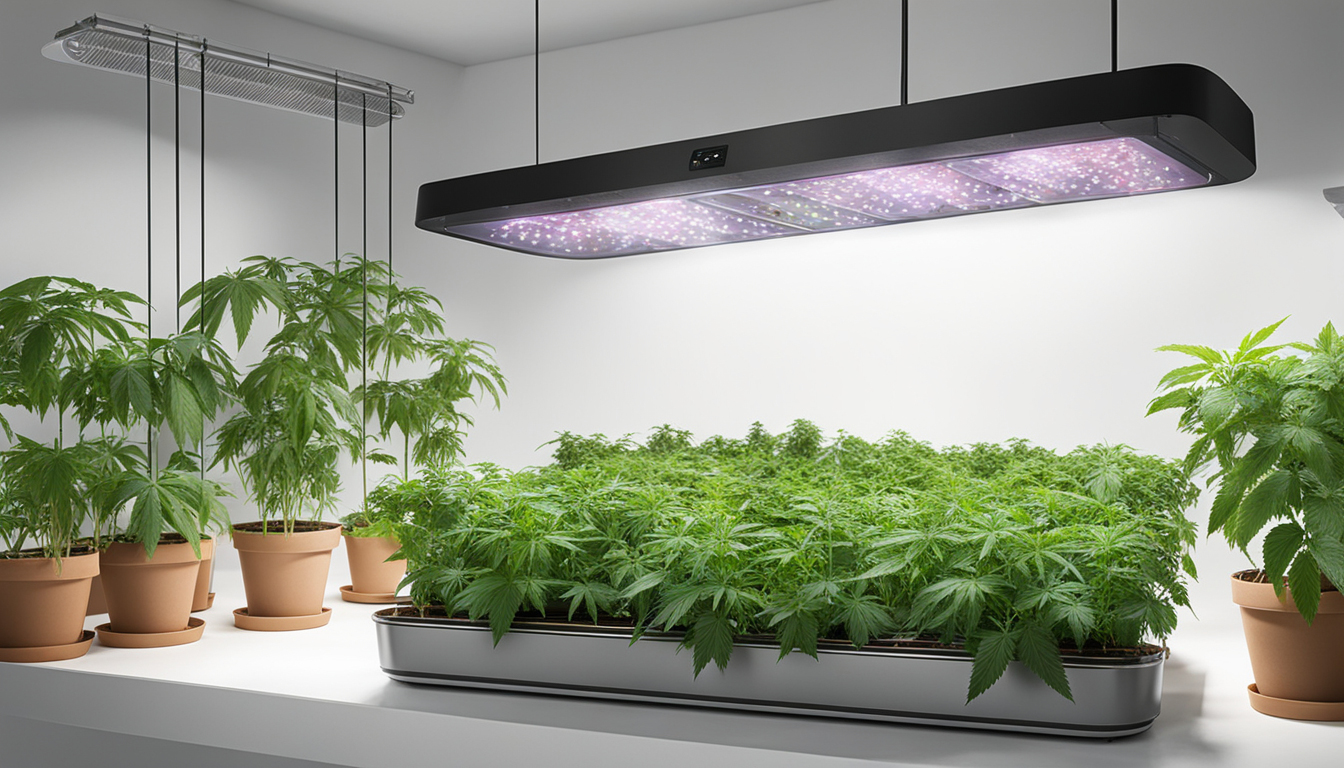
Setting Up Your Cultivation Space
Pot plants need the right controlled environment to succeed. Key factors for indoor farms are lighting, ventilation, layout, and finding the ideal discreet location.
Location
Choose an unused space with direct access to irrigation and electrical outlets. An empty spare room, large closet, corner of the basement, or cultivation tent securely placed in a garage all make great hidden grow room spots.
Lighting
Pot requires powerful light for all vegetative stages. LED grow lights are energy-efficient and come in broad spectrum options replicating real sunlight. Cover 15-25 watts per sq. ft for the growth stage and 20-40 watts per sq. ft. for flowering.
Airflow
Proper ventilation and exhaust systems keep ideal temperature, humidity, and pure CO2 levels. Install quiet 10-15 cm blowers or scrubbers to circulate stale air and eliminate odors.
Layout
Optimize your space by positioning plants strategically under the lights and leaving room to access and work around them. Set up separate zones for growth, bloom, drying, and cloning.
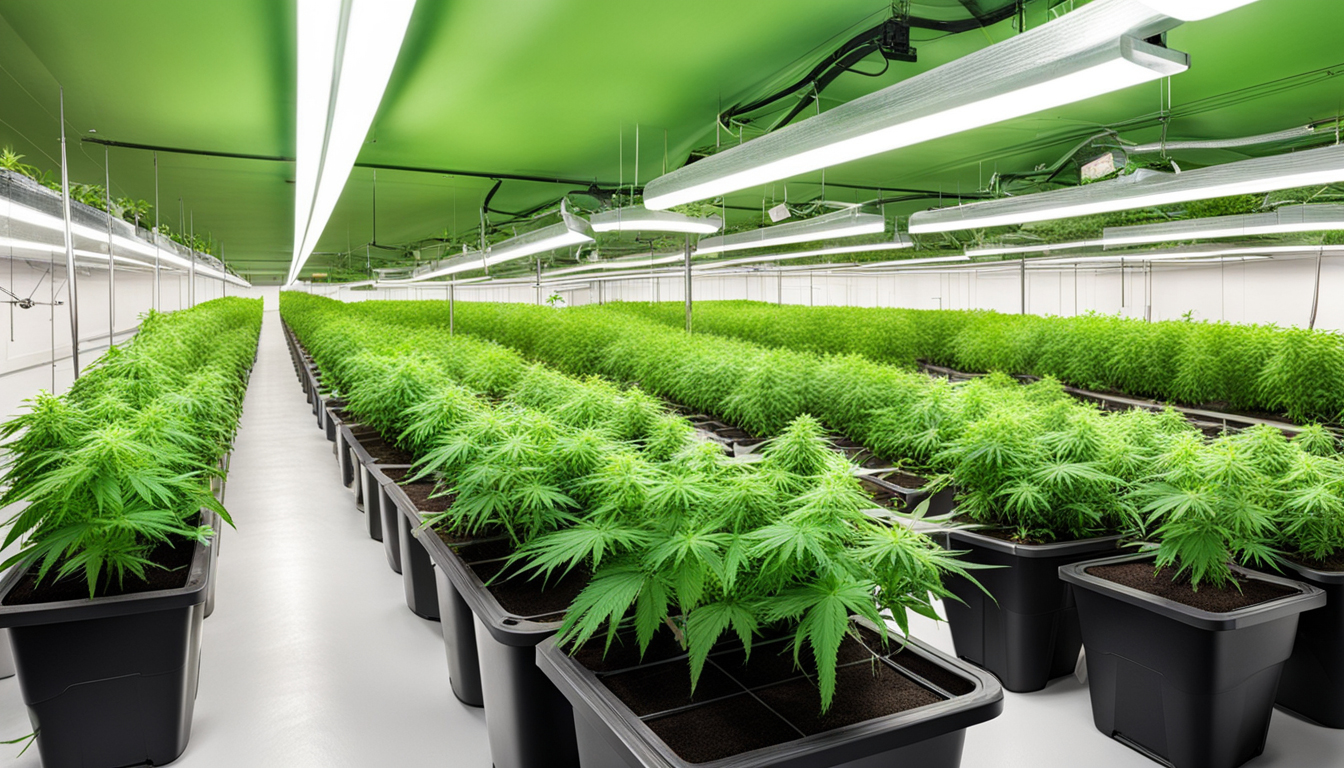
Growing Substrates
Cannabis can be grown in various mediums, each with pros and cons. Pick a appropriate option for your specific setup and cultivation style.
Soil
The classic substrate, soil is cheap and simple for new growers. It provides great taste but requires more irrigation and fertilizing to feed plants. Amend soil with vermiculite or coir to improve aeration.
Coco Coir
Made from coir, reusable coconut fiber retains water but still lets in air to the roots. It's cleaner and more predictable than soil. Use coir-specific fertilizers to avoid calcium buildup.
Hydroponics
In water systems, plant roots grow right in fertilizer water solution. This enables quick growth but needs close monitoring of water chemistry. Deep water culture and drip systems are popular techniques.
Sprouting Seeds
Sprouting prepares your cannabis seeds to start growing radicles. This prepares them for transplanting into their cultivation medium.
Paper Towel Method
Place seeds between damp paper towels and maintain them damp. Check after a week for emerging taproots showing germination is complete.
Direct Planting
Insert seeds right into pre-moistened cultivation medium 6mm deep. Gently water and wait 1-2 weeks until seedlings push through the surface.
Rockwool Cubes
Soak rockwool cubes in pH-adjusted water. Place seeds 1⁄4 inch deep into the cubes. Keep cubes wet until sprouts emerge within 1-14 days.
Repotting Seedlings
Once germinated, pot seedlings need to be repotted to prevent crowding. Move them into appropriately sized containers.
Ready Containers
Load final pots with cultivation medium enriched with slow-release nutrients. Let pots to absorb water for 8-12 hours before transplanting.
Carefully Transplanting
Carefully separate young roots from sprouting medium using a spoon. Place into pre-soaked container at same depth as before and gently water in.
Growth Stage
The vegetative stage encourages foliage and plant form through 18-24 hours of daily lighting intensity. This stage usually lasts 1-2 months.
Providing 18-24 Hours of Lighting
Use lamps on a 24 daily schedule or natural sunlight to initiate constant growth. Lamp intensity influences size and node distance.
Nutrients
Use grow stage nutrients richer in nitrogen. Make sure pH remains around 6.5 for proper nutrient uptake. Fertilize 1⁄4 to 1⁄2 strength after 14 days and increase slowly.
Training Techniques
Topping, LST, and scrogging direct shoot shapes for even canopies. This increases yields.
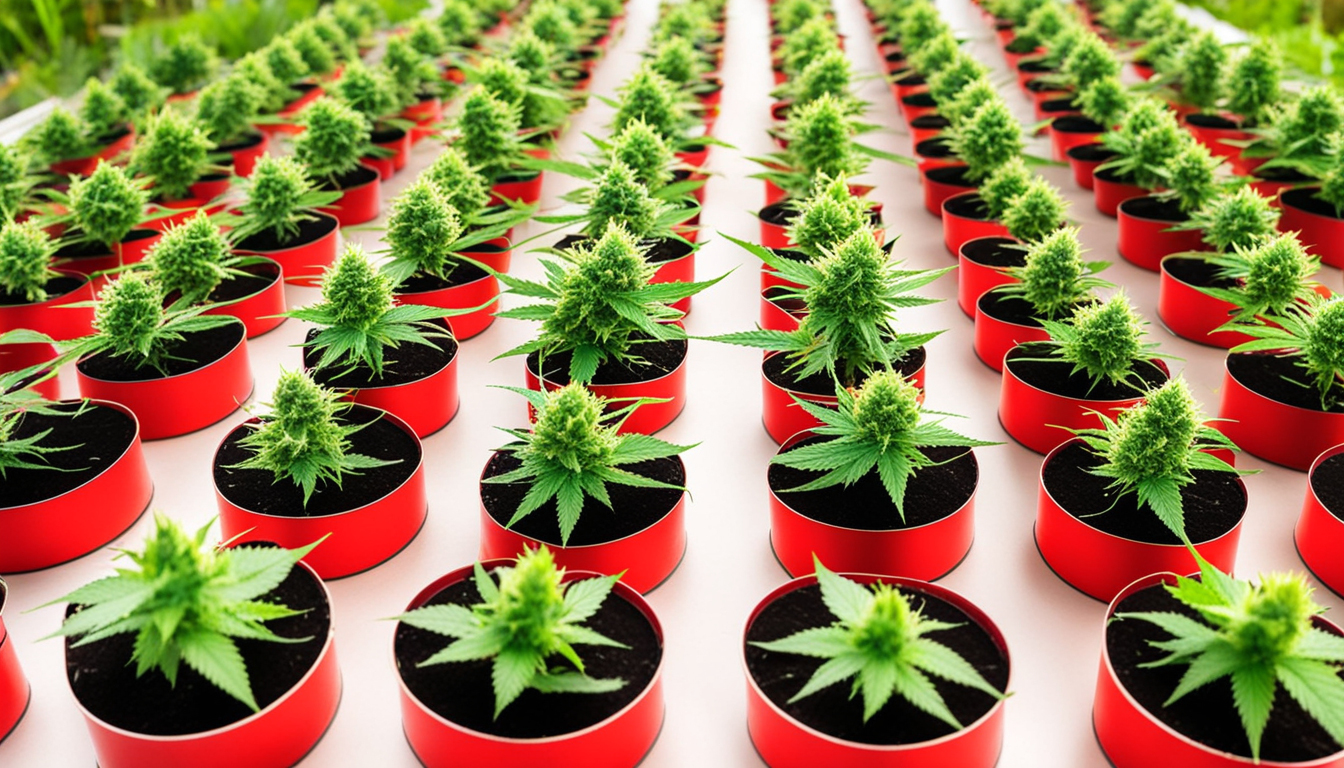
Bloom Stage
The blooming stage develops buds as plants show their sex under Click Here a 12 hour cycle timing. It lasts 2-3 months based on variety.
Changing Light Schedule
Switch grow lights to 12 hours on, 12 hours off or move outdoors for natural 12/12 timing. This signals plants to start flowering.
Flushing
Leaching flushes out fertilizer residuals to enhance flavor. Feed lightly the first weeks then just use pH'd water the final 2 weeks.
Flushing
Continue 12/12 light timing but flush using pH-balanced water only. Resume plain watering if buds aren't mature after two weeks.
Harvesting
Knowing when marijuana is fully ripe ensures maximum potency and aroma. Cut down plants at optimal ripeness.
Identifying Ripeness
Look for swollen calyxes, faded pistils, and 10-15% amber trichomes. Check buds across the plant as they won't all ripen evenly.
Cutting Plants
Use clean, sharp pruning shears to carefully slice Find Out More each plant at the base. Keep 5-10cm of stalk attached.
Drying
Hang whole plants or colas inverted in a lightless room with average temperature and humidity around 45-65% for 1-2 weeks.
Aging
Curing continues drying while improving the buds like fine wine. This process mellows harshness and further develops terpene contents.
Jars and Humidity
Trim cured buds from branches and place into glass jars, filling about 3⁄4 full. Use a sensor to monitor jar moisture.
Opening jars daily
Open containers for a short time daily to gradually lower humidity. Rehydrate buds if humidity goes under 55%.
Final Cure
After 2-3 weeks when moisture levels off around 55-65%, do a last trim and keep long-term in airtight jars.
Troubleshooting
Even experienced cultivators run into various pot plant problems. Identify issues soon and address them correctly to maintain a vibrant garden.
Nutrient Deficiencies
Chlorosis often indicate inadequate nitrogen. Anthocyanins and leaves show low phosphorus. Check pH and boost nutrients slowly.
Pests
Spider mites, fungus gnats, mites, and root aphids are frequent marijuana pests. Use organic sprays, ladybugs, and yellow traps for natural control.
Powdery mildew
High moisture encourages botrytis and root rot. Improve circulation and circulation while reducing Learn More humidity under 50% during bloom.
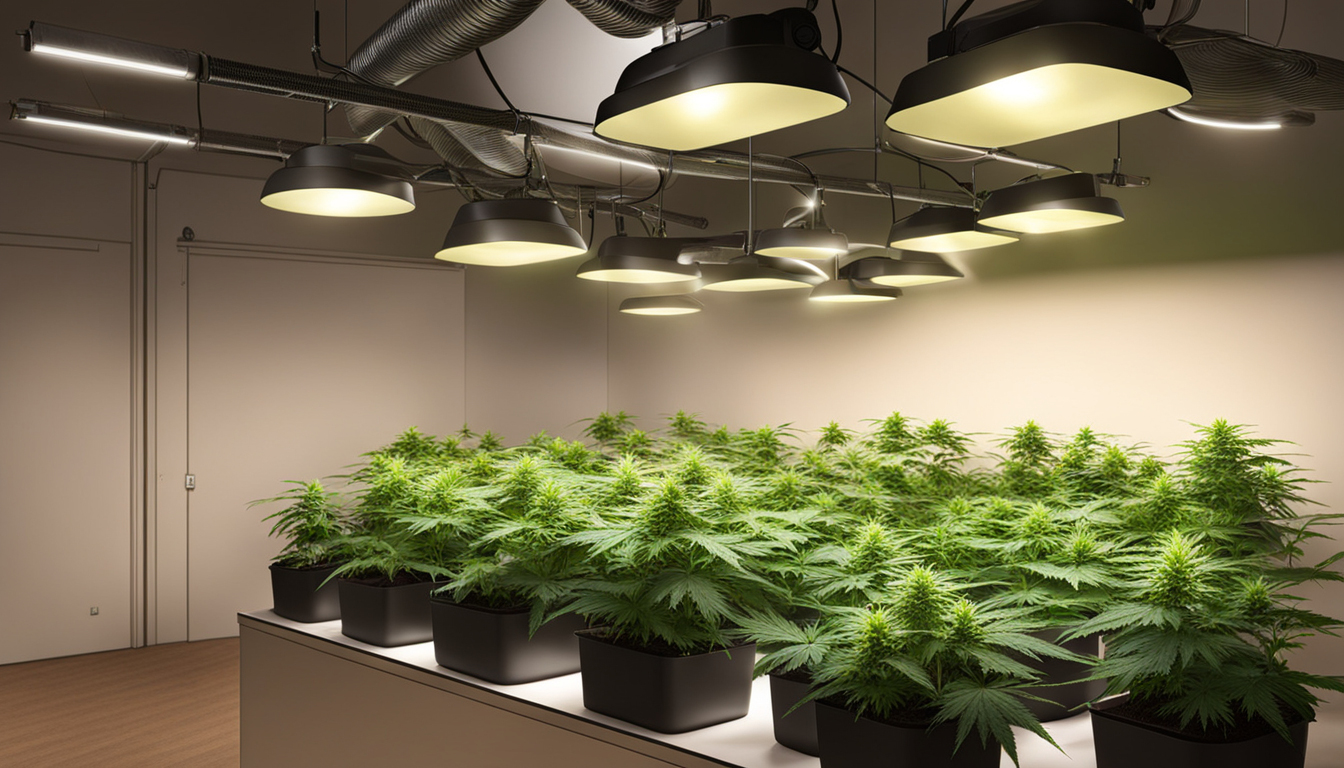
Conclusion
With this complete indoor marijuana growing guide, you now have the knowledge to grow bountiful strong buds for personal harvests. Follow these steps and techniques during the germination, vegetative, and flowering stages. Invest in good gear and closely monitor your plants. In time, you'll be rewarded with sticky fragrant buds you grew yourself under the loving care of your green thumbs. Good luck cultivating!